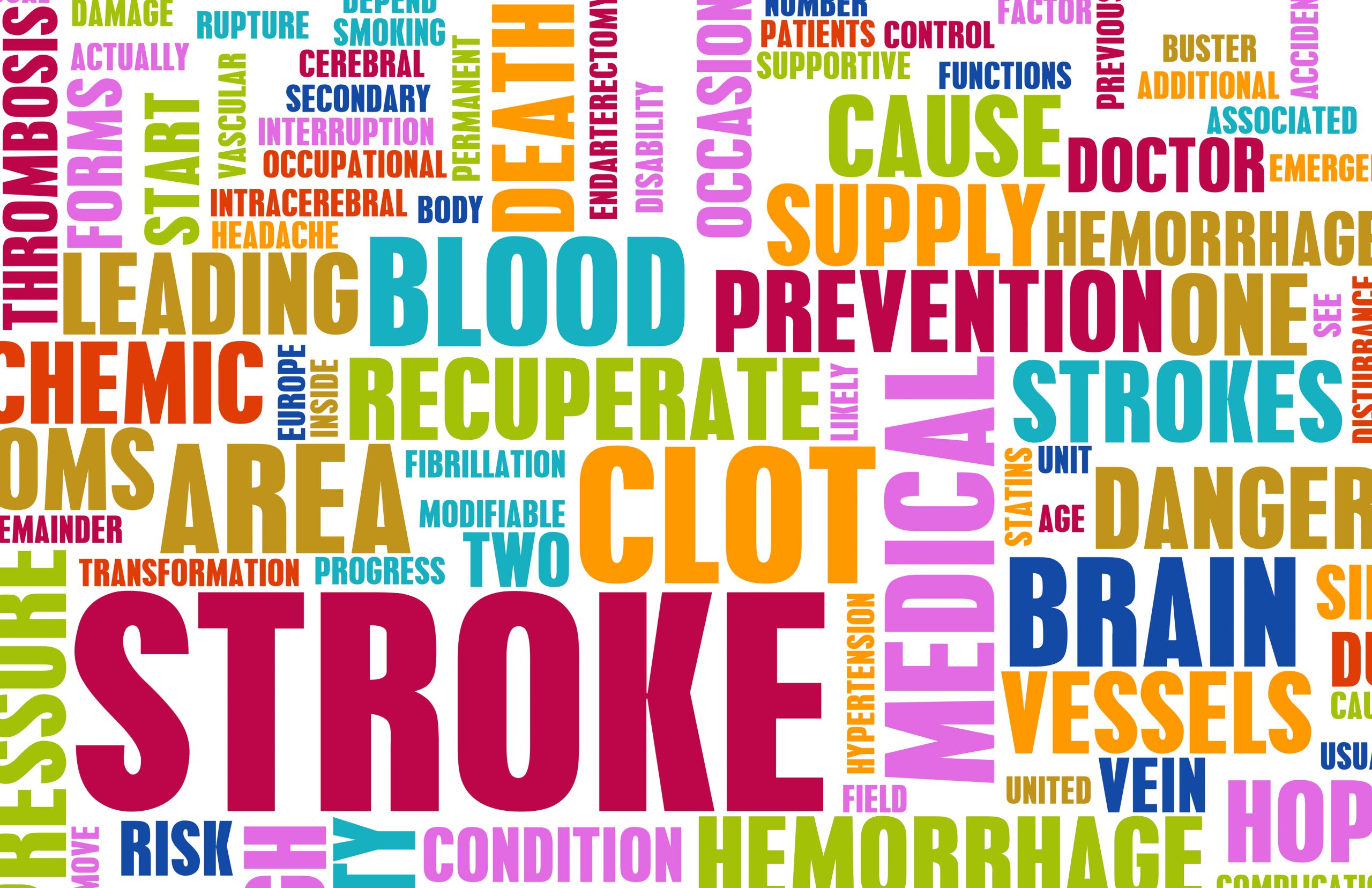A stroke can be a horribly devastating occurrence that affects not just the victim involved, but their entire family. A stroke occurs when the flow of blood to part of the brain is blocked, resulting in a lack of oxygen to brain cells. In fact, without oxygen, the brain cells will start to die. Here are symptoms and risk factors of a stroke.
Symptoms of a stroke include weakness that comes on suddenly, inability to move arms or legs, numbness of the face, difficulty speaking, and difficulty seeing. A stroke can cause brain damage or death and, therefore, is a serious medical condition. Emergency treatment is required.
However, just as important as knowing the symptoms of a stroke is knowing the risk factors that can cause a stroke. Numerous risk factors for stroke have been identified by the medical community. The more risk factors a person has the more likely they are to have a stroke. Some of these risk factors cannot be controlled, but others can be minimized.
Risk factors that are not able to be treated include:
- Age – Strokes are most common among those 55 and older.
- Heredity – Risk of stroke is higher if a family member has had a stroke.
- Gender – Women are more likely to die from strokes than men.
The factors that patients can influence through changes in diet, habit, and/or medication include the following.
1. Blood Pressure
High blood pressure is known to be the leading cause of stroke. Blood pressure is considered high if it is 140/90 mmHg or above. Many effective blood pressure medications are available to help patients reduce their blood pressure and, therefore, reduce the risk of stroke. In addition, reducing sodium intake is known to decrease blood pressure.
2. Smoking
Over the years, studies have shown a link between cigarette smoking and an increased risk of stroke. Blood vessels are damaged by smoking. Quitting smoking is one effective way to reduce the risk of stroke.
3. Obesity and Diabetes
People who are overweight and those with diabetes are more likely to have a stroke. Losing weight can help with both diabetes and stroke risk. Reducing calorie intake and eating a diet with five or more servings of fruits and vegetables will aid in achieving these goals.
4. Cholesterol
A diet high in saturated fat, trans fat and cholesterol all contribute to high blood cholesterol levels. Again, changing diet will be effective in reducing the likelihood of a stroke.
5. Inactivity
The medical community recommends people get at least 30 minutes of activity most days of the week. Small changes, such as taking a walk, can make a big difference and reduce the risk of stroke.
Life After a Stroke
It is vital to know the symptoms and risk factors of a stroke so you can get help within minutes. Furthermore, although a full recovery after a stroke is possible, in many cases, full recovery takes a considerable amount of time. Some people end up with lifelong disabilities, and many stroke patients require home care. Here are some of the issues that stroke patients face on their road to recovery.
- Difficulty communicating due to language, speech and memory issues
- Paralysis or muscle weakness on one side of the body, resulting in a higher risk of falling
- Trouble with daily activities such as dressing, eating, and personal hygiene
- Bladder and bowel issues
- Emotional struggles, such as changes in behavior
David York Agency Can Help
At the David York Agency, we understand how difficult and life-changing a stroke can be. The road to recovery is often a long and strenuous one, and it is necessary to have all the support and help you can get along the way. Our experienced healthcare professionals are highly-trained and capable of giving your loved one the care and attention they need following a stroke.
For more information on David York Agency’s qualified, compassionate caregivers, contact us at 718.376.7755. A free consultation can help you decide what services might be best to provide you and your loved one with the assistance they need. If you’d like to hear more from us, please like us on Facebook or follow us on Twitter, or LinkedIn. For additional information about stroke risks or about arranging care for a loved one who has suffered a stroke, contact us today.







